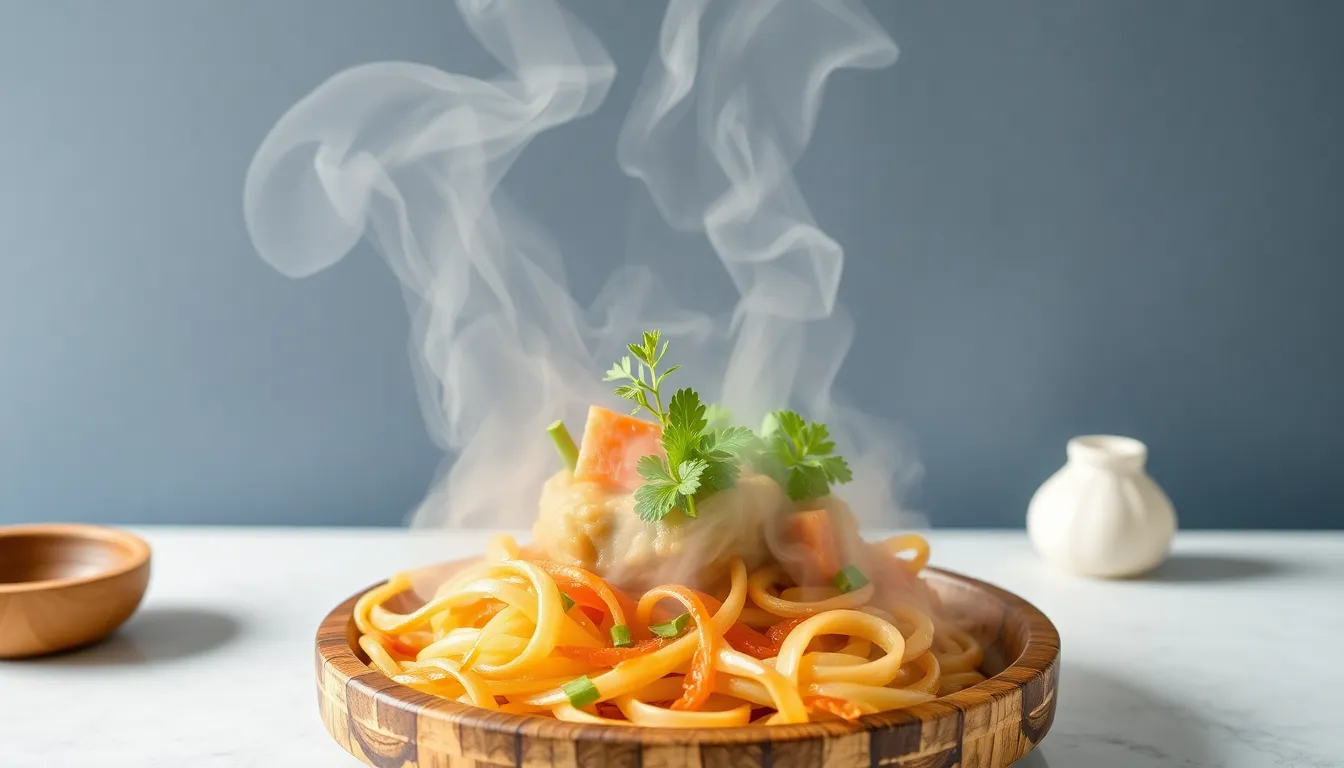Creative Ways to Use Dehydrated Ingredients in Your Cooking
Introduction
Dehydrated ingredients have become a staple in many kitchens, offering a unique way to incorporate intense flavors and nutrients into our meals. But what exactly are dehydrated ingredients? Simply put, they are foods that have had most of their moisture removed, making them lightweight and shelf-stable.
One of the key benefits of using dehydrated ingredients is their long shelf life. Unlike fresh produce, which can spoil quickly, dehydrated foods can last for months or even years when stored properly. This concentration of flavors also means that a small amount of dehydrated produce can lend a robust taste to dishes without overwhelming them.
The purpose of this article is to inspire you to explore the creative ways you can use dehydrated ingredients in your cooking. From mouthwatering snacks to hearty meals, the possibilities are endless.
Section 1: Understanding Dehydrated Ingredients
Dehydration is the process of removing water from food. This not only preserves the food but also concentrates its flavors and nutrients, leading to a delightful cooking experience. You might be surprised at the variety of dehydrated ingredients available today. Here are some common categories:
- Fruits: Apples, bananas, berries, and pineapple.
- Vegetables: Tomatoes, mushrooms, carrots, and spinach.
- Herbs: Basil, rosemary, thyme, and parsley.
- Meats: Chicken, beef, and fish.
When comparing dehydrated ingredients to their fresh counterparts, there are some nutritional considerations to keep in mind. While dehydration can cause some loss of vitamins, particularly vitamin C, many minerals remain intact. Additionally, the concentrated flavors often mean you can use less of the ingredient, balancing out any nutritional discrepancies.
Section 2: Rehydrating Techniques
To make the most of dehydrated ingredients, you’ll need to know how to rehydrate them properly. Here are some common techniques:
- Soaking in water: This is the simplest method and works well for fruits and vegetables.
- Cooking methods: Boiling or steaming can quickly restore moisture.
- Using in soups and stews: Dehydrated ingredients can be added directly to soups and stews, rehydrating as they cook.
Comparison of Rehydration Techniques
| Method | Time Required | Best for | Pros | Cons |
|---|---|---|---|---|
| Soaking | 10-30 mins | Fruits, vegetables | Quick and easy | May lose some nutrients |
| Boiling | 5-15 mins | Vegetables, grains | Fast rehydration | Can become mushy |
| Steaming | 10-20 mins | Delicate ingredients | Maintains texture | Requires special equipment |
| Soups/Stews | 30-60 mins | All types | Flavor infusion | Longer prep time |
Section 3: Creative Cooking Ideas
3.1 Dehydrated Fruits
Dehydrated fruits are not only nutritious but also add a delightful twist to various dishes. Here are some creative uses:
- Baking: Incorporate dehydrated fruits into muffins and breads for natural sweetness and texture.
- Smoothies and Breakfast Bowls: Blend them into your morning smoothies or sprinkle over yogurt.
- Fruit-Infused Teas: Steep dehydrated fruits in hot water to create flavorful teas.
3.2 Dehydrated Vegetables
Dehydrated vegetables can enhance the flavor and nutrition of many dishes:
- Sauces and Dips: Blend into sauces, dips, or spreads for a nutrient boost.
- Savory Granola or Snack Mixes: Mix them into granola for a healthy snack.
- Risottos and Grain Bowls: Add to your risottos or grain bowls for extra flavor and texture.
3.3 Dehydrated Herbs
Herbs can elevate any dish, and using dehydrated varieties can be incredibly versatile:
- Homemade Seasoning Blends: Create your own blends tailored to your taste.
- Infused Oils or Vinegars: Infuse oils and vinegars with dried herbs for a flavorful addition to salads.
- Marinades and Dressings: Use in marinades and salad dressings for an herbaceous kick.
3.4 Dehydrated Meats
Dehydrated meats are a fantastic protein source and can be used in various dishes:
- Jerky Snacks: Enjoy as a high-protein snack on the go.
- Stews and Casseroles: Add to stews and casseroles for rich, meaty flavors.
- Breakfast Dishes: Incorporate into breakfast scrambles or omelets.
Section 4: Tips for Storing and Maintaining Quality
To ensure your dehydrated ingredients remain flavorful and nutritious, follow these best practices:
- Storage: Store dehydrated ingredients in airtight containers in a cool, dark place.
- Shelf Life: Most dehydrated ingredients can last from 6 months to over a year depending on the type.
- Labeling: Always label your containers with the date of dehydration and type of ingredient for easy identification.
Section 5: Conclusion
Dehydrated ingredients are incredibly versatile and can be used in a wide range of culinary creations. From adding a burst of flavor to baked goods to enhancing your savory dishes, their potential is vast. We encourage you to experiment with different combinations and techniques, and share your own creative uses in the comments below!
Call to Action
If you enjoyed this article and want to discover more creative cooking ideas, don’t forget to subscribe to our blog for the latest posts!




